
OR
Editorial
Ensure adequate supply of chemical fertilizers on time
Published On: May 24, 2023 07:42 AM NPT By: Republica | @RepublicaNepal
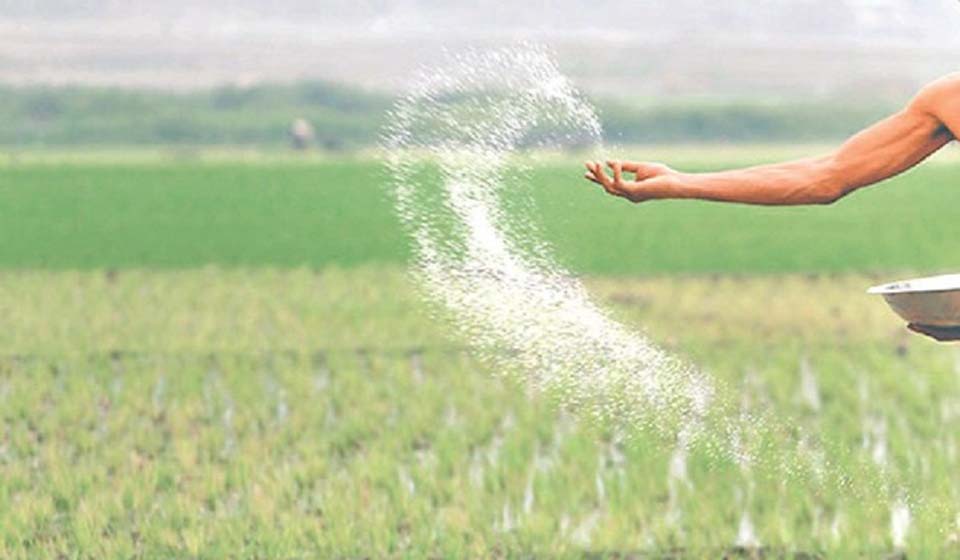
The agricultural sector is the backbone of Nepal's economy, employing a significant portion of the population and contributing to food security and economic growth. However, farmers in the country have long faced a perennial challenge – the unavailability of chemical fertilizers when they need them the most, leading to suboptimal harvests and hampering their livelihoods. The recent import of 3,500 tons of chemical fertilizers from China via the Tatopani border is a positive development, but the government must take further steps to ensure a consistent and timely supply of fertilizers to all farmers across the nation, especially as the paddy farming season approaches in less than a month. The Silk Transport Company, in collaboration with the state-owned Salt Trading Corporation and Agricultural Inputs Company Limited (AICL), has played a commendable role in facilitating this import. Reportedly, the Chinese company is preparing to supply an additional 7,100 tons of chemical fertilizers, with 3,500 tons allocated for AICL and 4,000 tons for the Salt Trading Corporation.
However, this is far less than the amount of fertilizers Nepal is actually in need of. According to the Ministry of Agriculture, Nepal's annual requirement of chemical fertilizer is more than 700,000 metric tons. Nepal primarily imports Urea, Diammonium Phosphate (DAP), and Potash for distribution to farmers. Since Nepal does not manufacture chemical fertilizer domestically, it has to depend on other countries for the supplies of the essential chemical fertilizers. It is essential for the government to explore all possible avenues to diversify the sources of chemical fertilizers, reducing dependency on a single country and ensuring a stable supply chain. Government statistics indicate that China serves as Nepal's primary supplier of urea and DAP fertilizer. In FY 2020/21, Vietnam and Saudi Arabia contributed a quarter of the DAP imported, while Jordan accounted for 13 percent. Bangladesh, which is one of Nepal's primary suppliers, imports 80 percent of its chemical fertilizers from Russia and Belarus. But with the ongoing Russia-Ukraine war since February 2022, the supply of fertilizer from Bangladesh has already affected supply and prices of fertilizer in Nepal. Trade sanctions and export bans imposed by trading partners, such as China suspending exports of phosphate-rich fertilizers for the time being to ensure domestic availability, are also likely to create supply-side challenges of chemical fertilizers.
To address these issues, the Government of Nepal signed a Memorandum of Understanding (MoU) with the Government of India in March 2022 for the long-term supply of urea and DAP fertilizers over the next five years. This government-to-government agreement is expected to provide an annual supply of 150,000 to 210,000 metric tonnes of fertilizers, bypassing the lengthy tender process. Strict follow-up to ensure effective implementation of this agreement is a must to ensure timely and uninterrupted supply of chemical fertilizers. Needless to say, timely availability of fertilizers is crucial for farmers, particularly during the upcoming paddy farming season. Rice, being the staple cereal crop in Nepal, is typically planted during the pre-monsoon/monsoon season (around June) and harvested in November. The success of this important crop heavily relies on the availability of adequate fertilizers. Thus, it is crucial for the relevant government agencies to take necessary measures to ensure the materialization of these agreements, ensuring that farmers receive fertilizers when needed, and safeguarding the country's food security.
You May Like This

Economy of emotions
Let’s bring in remittance as much as we can through skills but not at the cost of our emotional wellbeing Read More...
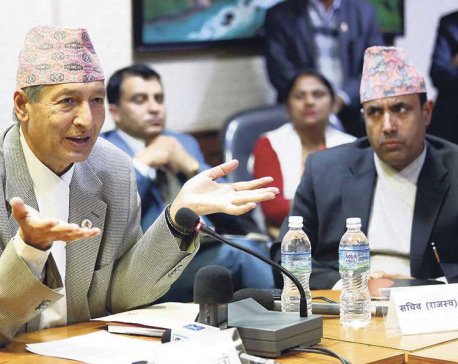
Dissecting Nepali economy
The current debate on state of economy presented by white paper is largely suggestive of whether to see the... Read More...

Nepal 4th most competitive economy in South Asia
KATHMANDU, Oct 1: Though Nepal has improved its competitiveness by a notch, it has lost its rank as the third most... Read More...


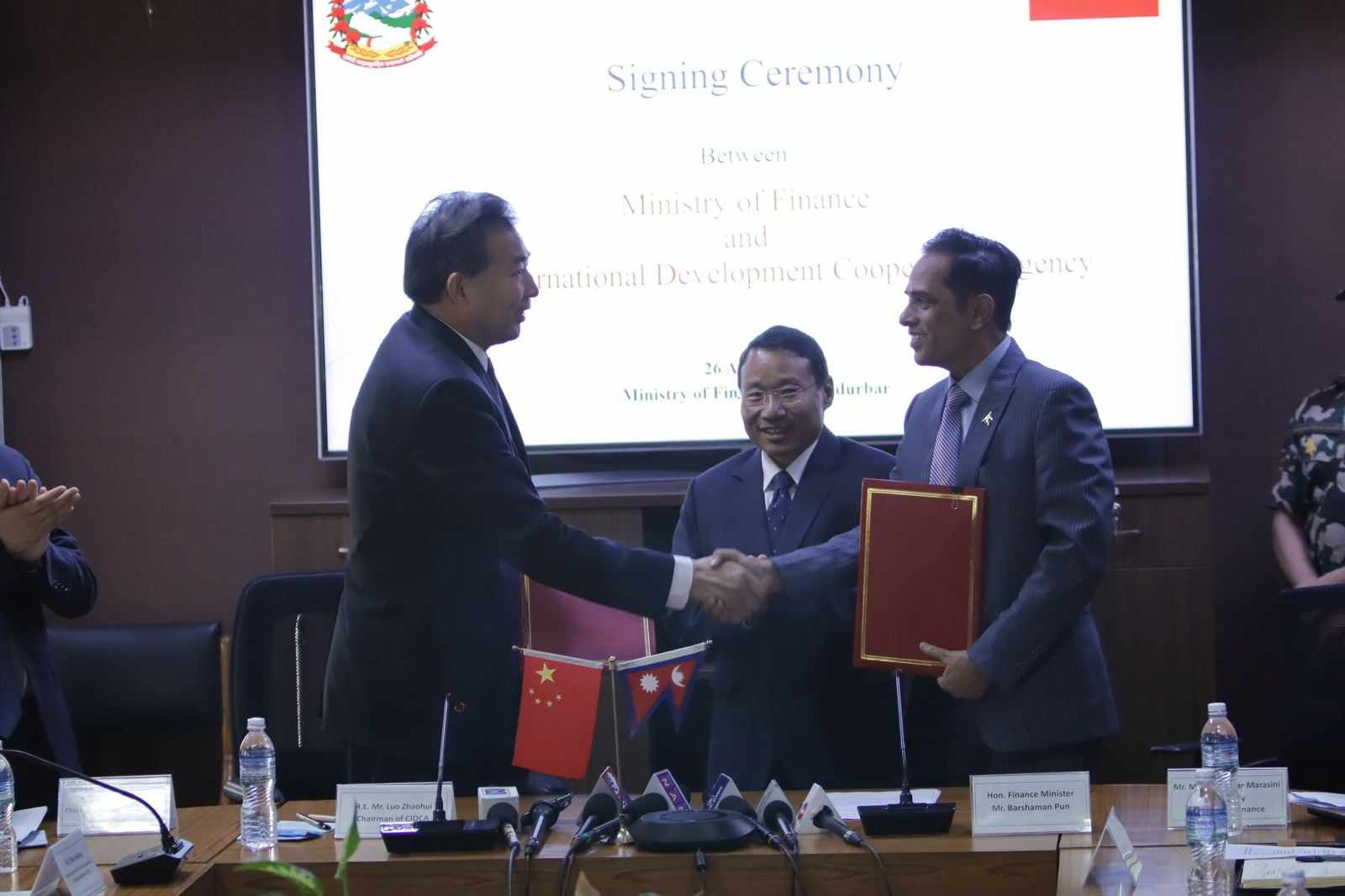
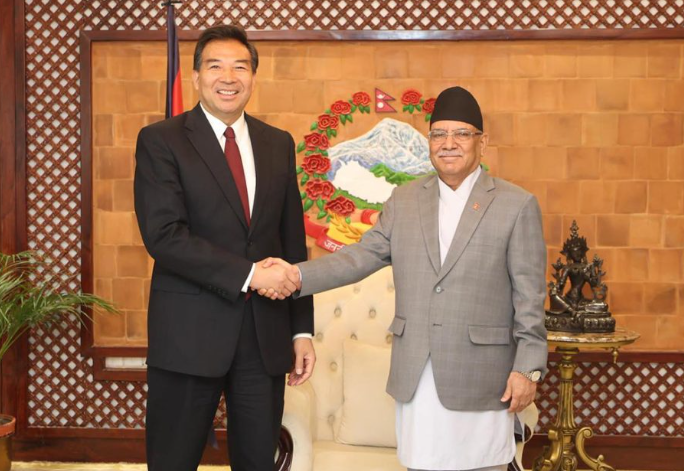

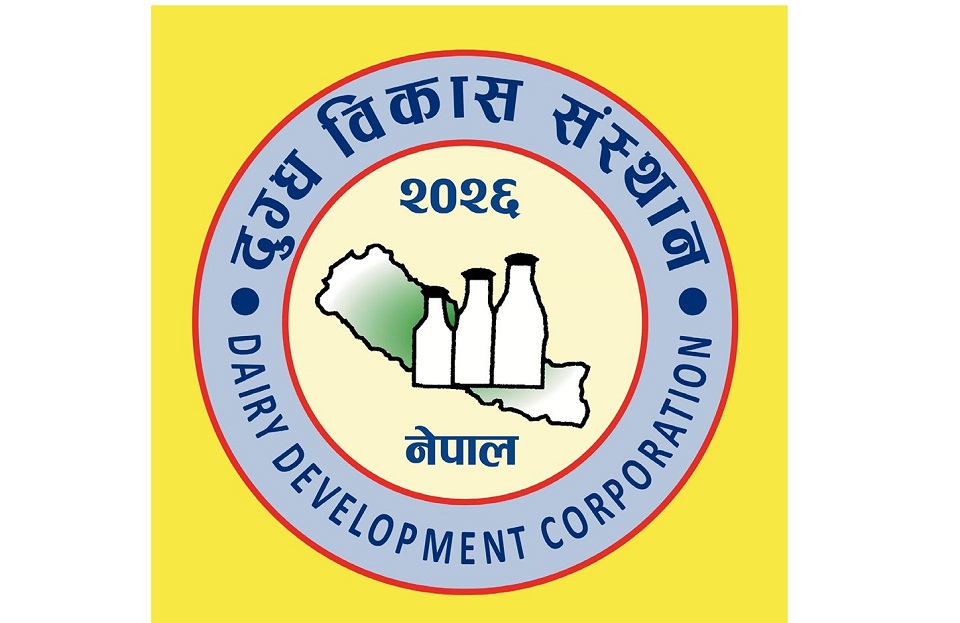

Just In
- ADB Vice-President Yang pays courtesy call on PM Dahal
- PM Dahal, Chairman of CIDCA Zhaohui hold meeting
- MoFAGA transfers 8 under secretaries and 11 section officers (with list)
- PM Dahal arrives in Morang
- DDC pays Rs 480 million dues to farmers
- Police arrest seven Indian nationals with 1.5 kg gold and Rs 14.3 million cash
- Gold price increases by Rs 1,400 today
- Kathmandu continues to top the chart of world’s most polluted city







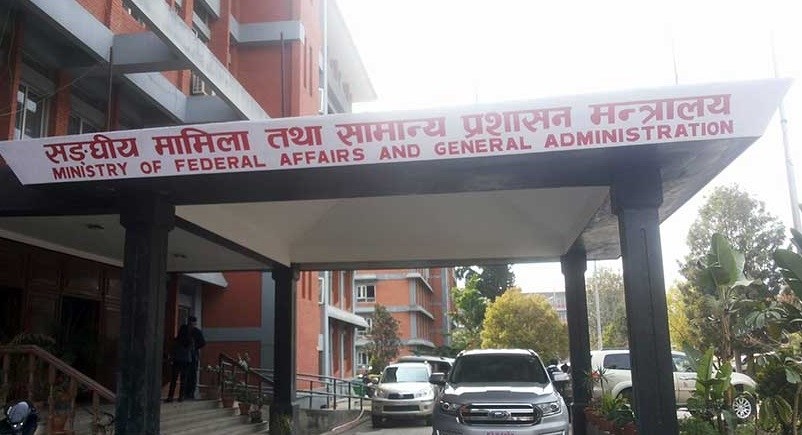


Leave A Comment